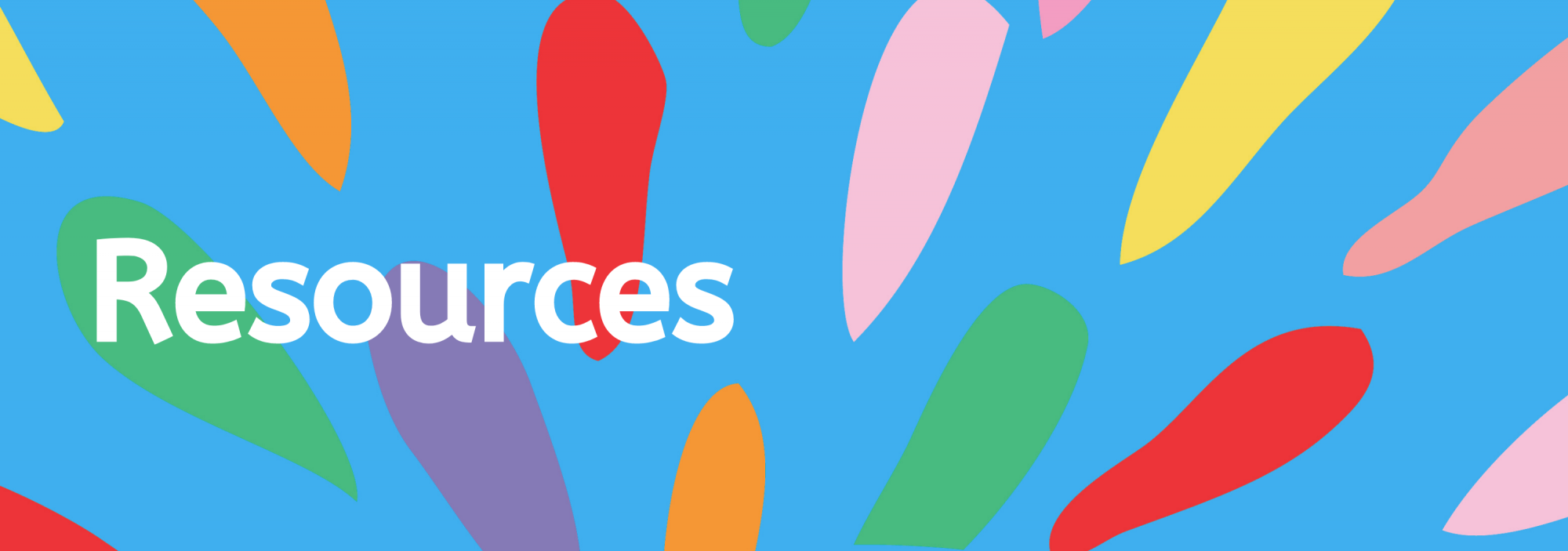Below are some practices you can introduce in your life or workplace, school, business, organisation or local club, to offer safe and inclusive spaces for LGBTIQA+ folx.
Learn about:
- The LGBTIQA+ acronym
- Pronouns and their importance
- The Rainbow Tick accreditation
- Cultural safety
- Inclusive practice in your workplace, school and community
LGBTIQA+ acronym
The acronym stands for Lesbian, Gay, Bisexual, Transgender, Intersex, Queer and Asexual. The + sign is used to account for the many possible ways a person can identify. This also isn’t explicit in accounting for multiple identities which include first nations, or multi-faith and CALD identities who may have an intersecting experience of diverse sexualities, intersex variations and/or gender identities. Although the acronym groups different members of the community together, each group of people have experiences and needs that are distinct to their identities, and sometimes overlapping needs.
Lesbian: A person who identifies as a homosexual woman.
Gay: A person who identifies as homosexual. Some people don’t use this word to self-describe.
Bisexual: A person who is attracted to all genders.
Transgender: A person who identifies as a gender they were not born with.
Intersex: A person who is born with physical sex characteristics that don’t fit medical norms for female or male bodies.
Queer: A person who identifies as homosexual. Some people don’t use this word to self-describe.
Asexual: A person without any sexual feelings or associations.
Pronouns
Pronouns are what you use to identify yourself and others. They can often imply someone’s gender, which is why those who are non-binary use the neutral pronouns they/them/theirs.
Don’t assume someone's pronoun: ask and share your pronoun. If the person you've asked doesn't understand, ask them how you can refer to them – he/him/his, she/her/hers, they/them/theirs.
Pronoun cueing is the action of correcting someone who has misgendered a colleague or client in an indirect way. For example:
Sam: “Have you seen Fadi?”
Billy: “No I haven’t seen him”
Sam: “If you do, please let them know I’m looking for them.”
The letter X
The letter ‘x’ has the ability to broaden terms used to describe people. As gender and identities are expanding, the letter ‘x’ is being used more to include the broader community.
“Folks” and “folx” are common terms that are used collectively to refer to a group of people. Both are inclusive, however, some people prefer the term be used with an ‘x’ which is specifically inclusive of the LGBTIQA+ community.
Some people who identify as female, use the term “womxn” to self-identify. This stems from the historical masculinity of the term “man” which some people choose to avoid. The ‘x’ enables flexibility in the term.
The Rainbow Tick
The Rainbow Tick is a national accreditation awarded to organisations that show their commitment to safe and inclusive practices for the LGBTIQA+ community. It is a quality framework that is owned and developed by Rainbow Health Victoria.
In order to receive an accreditation, organisations are assessed against six standards:
1. Organisational capability
2. Workforce development
3. Consumer participation
4. A welcoming and accessible organisation
5. Disclosure and documentation
6. Culturally safe and acceptable services
The Rainbow Tick is a recognised symbol to let the community know that inclusive and supportive services are accessible for all people.
If you would like to explore Rainbow Tick accreditation for your organisation, visit website
Cultural safety
It is important that all people feel safe and included at work and in the community. Here are some terms used to describe different types of aggressive behaviour so we can learn to identify and call them out.
Direct discrimination: Violent and aggressive comments that are homophobic, transphobic or biphobic in nature. This includes all types of comments, whether made in a joking manner or meaning to offend.
Indirect discrimination: Denying someone support due to their sexual orientation, gender identity, intersex status, or marital or relationship status.
I.e. Gossip or slander about a person’s sexuality or gender identity.
Micro-aggressions: Subtle yet offensive comments or actions towards someone or a group of people which are often unintentional but reinforce a stereotype.
Inclusive practice
There are simple things we can do in our workplace, school or community to ensure we are behaving and interacting in an inclusive way for all people.
- Do not assume someone’s sexual orientation, intersex status or gender identity. Instead, it’s best to ask people how they identify and what pronoun they use.
- Invite people to self-identify. In the workplace, this can be done by providing them with a form where they can write their gender identity themselves.
- Use a database that has the capacity to reflect a colleague, client or student’s identity such as preferred name and gender identity and does not require matching identification.
- Use non-assuming questions during assessments with colleagues, clients or students which consider diverse identities and relationships. For example, use ‘emergency contact’ rather than ‘next of kin’, ‘partner’ instead of ‘husband/wife’, ‘co-parent’ rather than ‘mother/father’.

